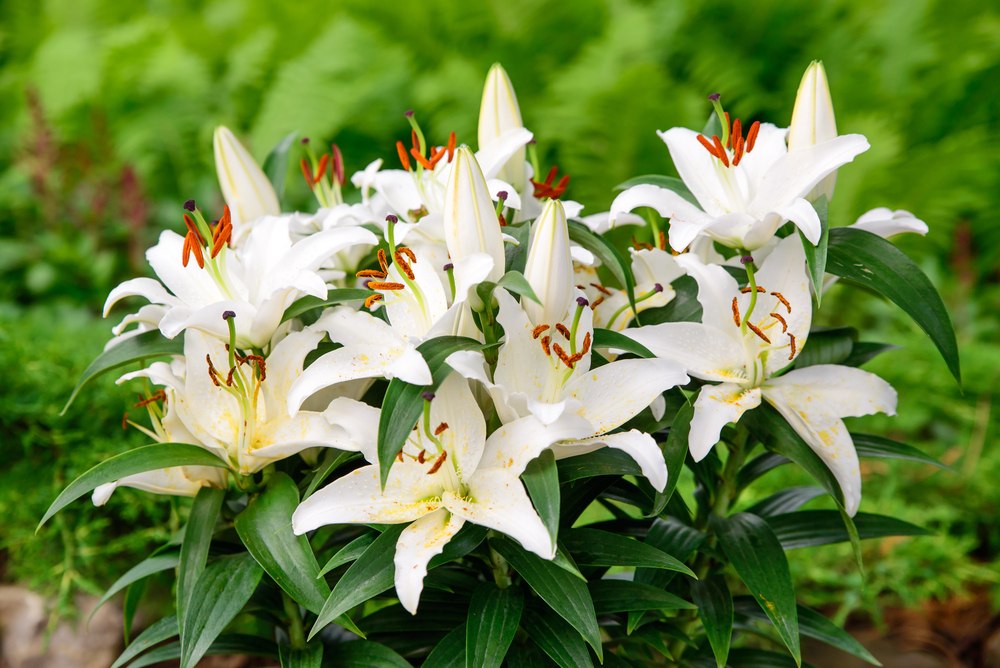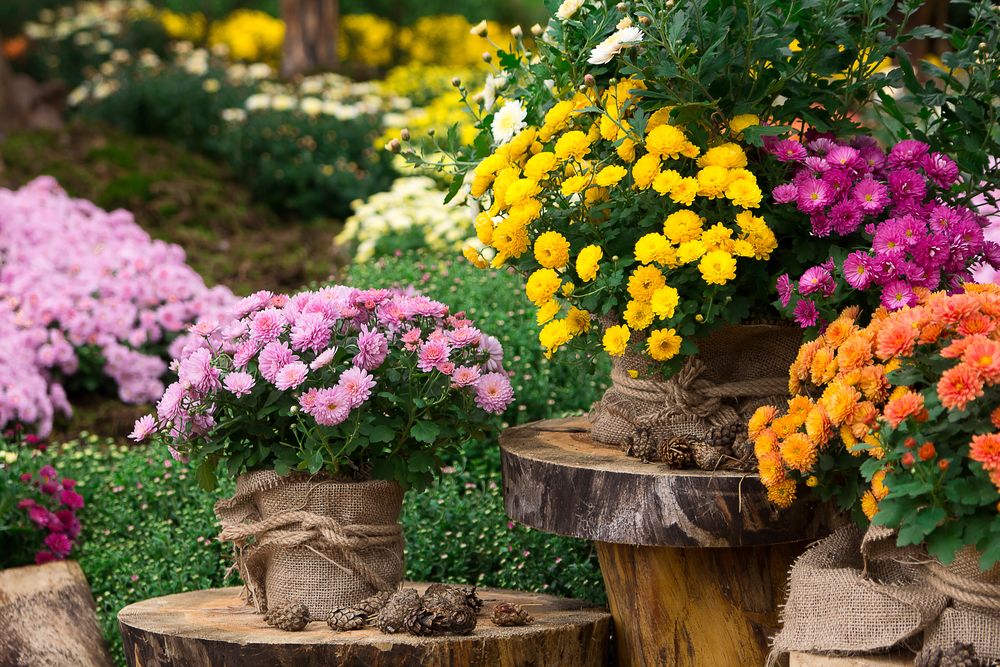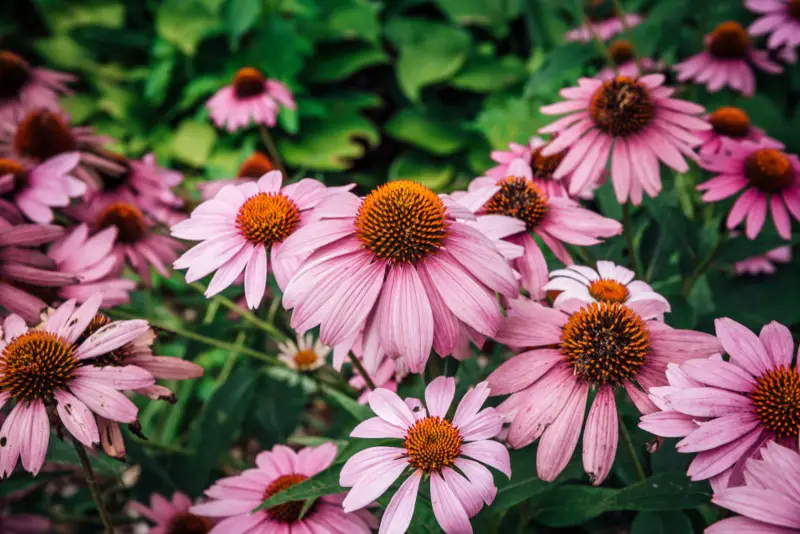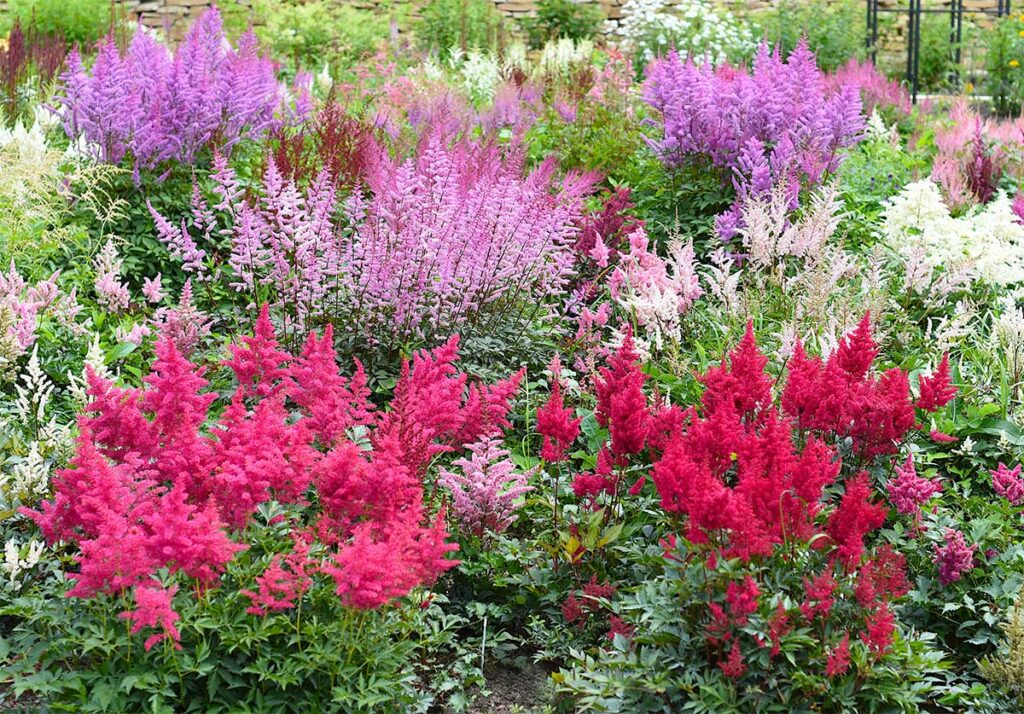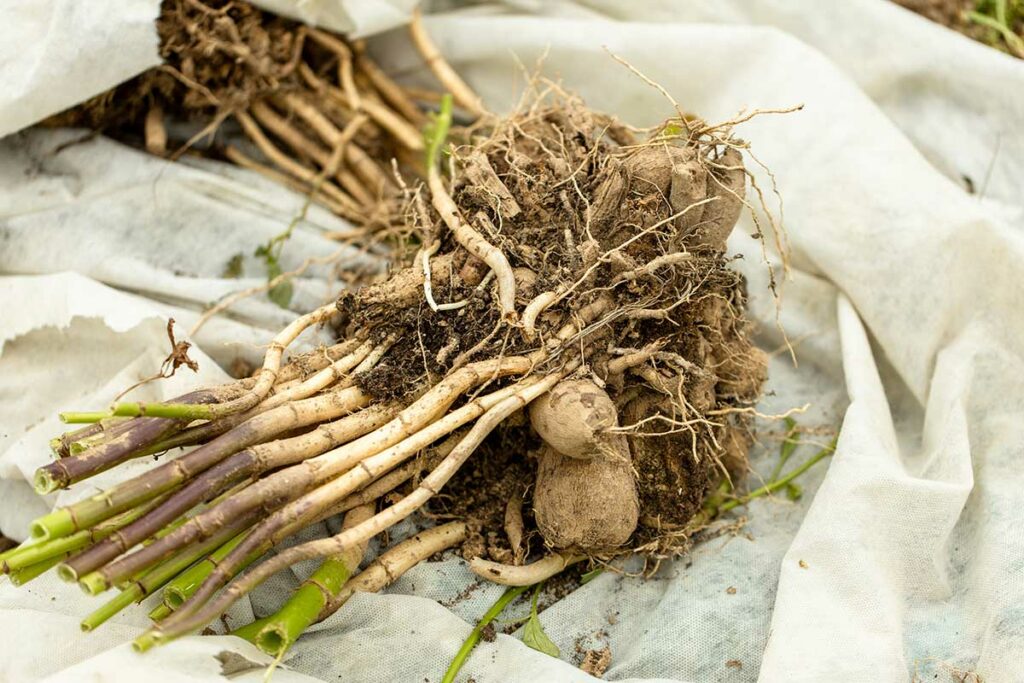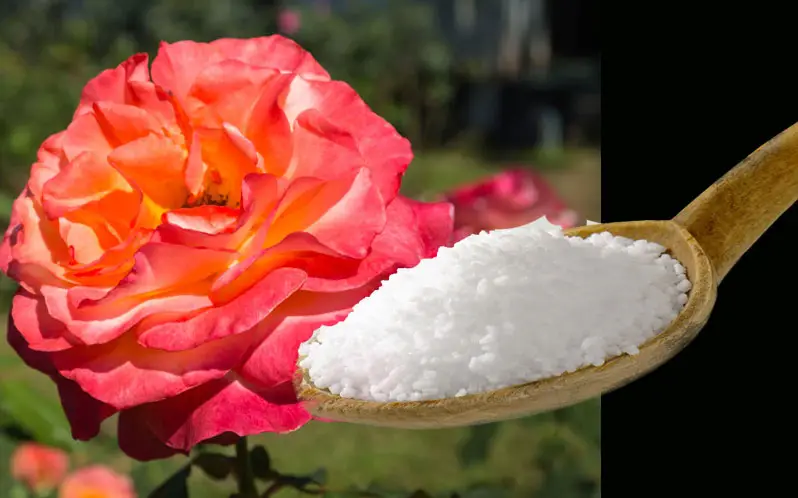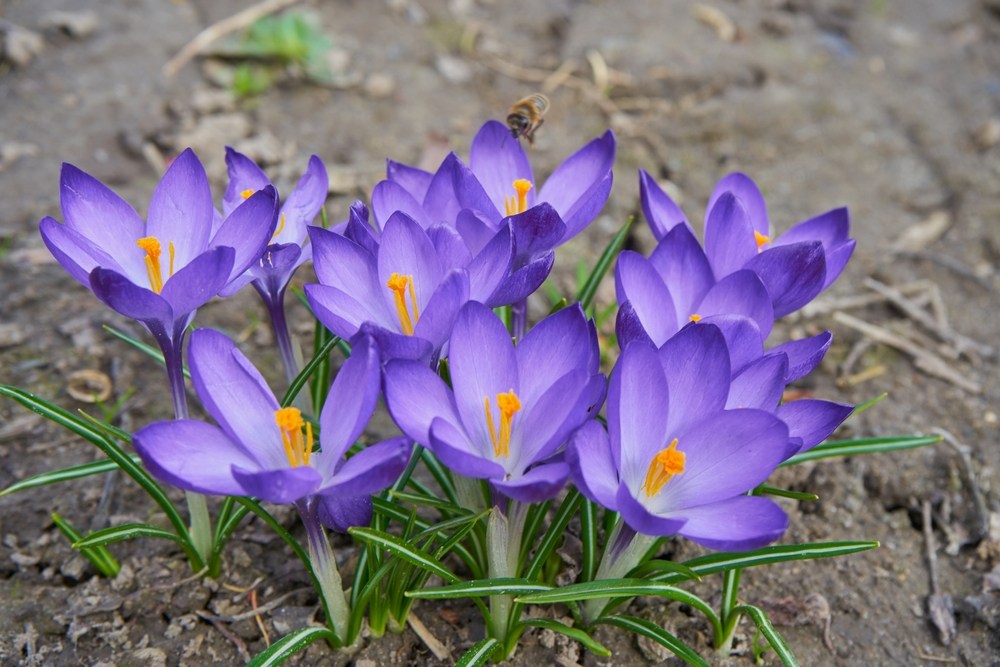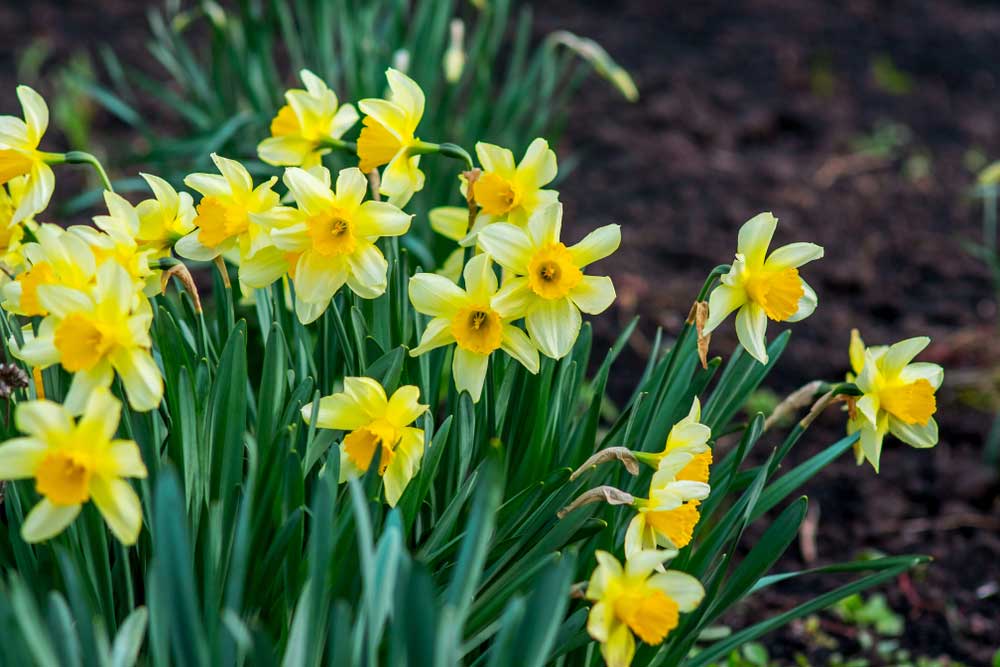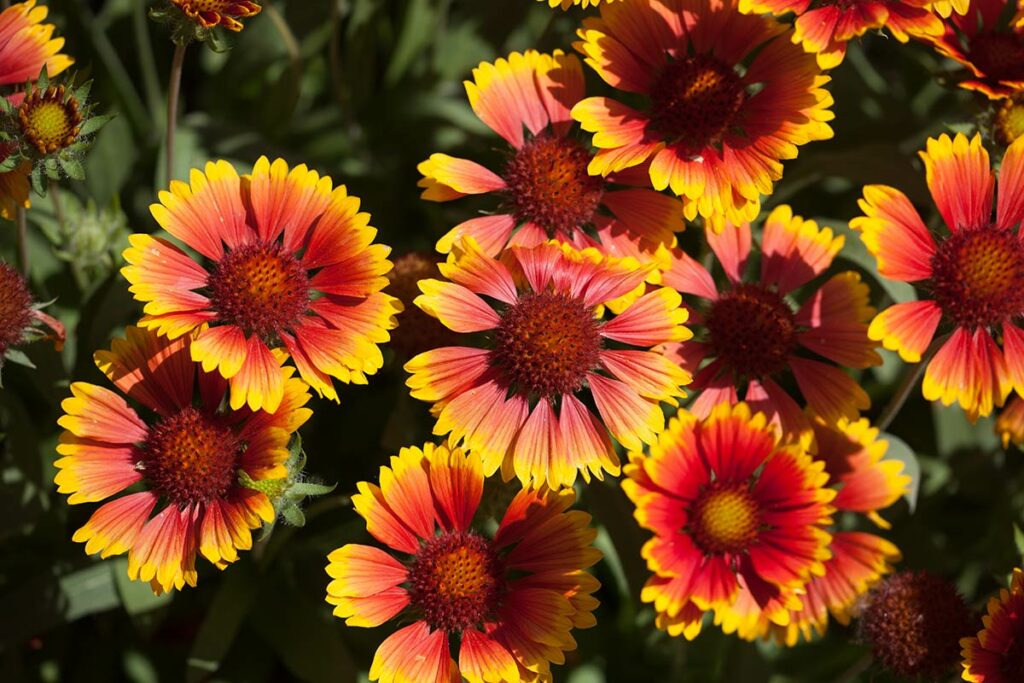
Blanket flowers, scientifically known as Gaillardia, are a popular addition to summer gardens due to their vibrant colors, drought-resistant nature, and long-lasting blooms.
These sun-loving perennials create a stunning display in any landscape and are perfect for novice gardeners or those with limited space.
By understanding the basics of growing blanket flowers, you can enjoy these beautiful blossoms all summer long.
To achieve a thriving blanket flower garden, there are several essential factors to keep in mind. These include preparing the soil and planting site, selecting the right varieties for your specific climate and garden conditions, and properly caring for your plants throughout the growing season.
In addition, it’s essential to be aware of potential pests and diseases that may affect your blanket flowers and take steps to encourage reblooming for continuous blooms throughout the summer months.
Key Takeaways
- Ensure proper soil preparation and planting site selection for successful blanket flower growth
- Choose varieties suited to your climate and garden conditions for optimal blooms
- Focus on appropriate plant care, pest management, and encouraging reblooming for continuous summer flowers
Preparing the Soil and Planting Site
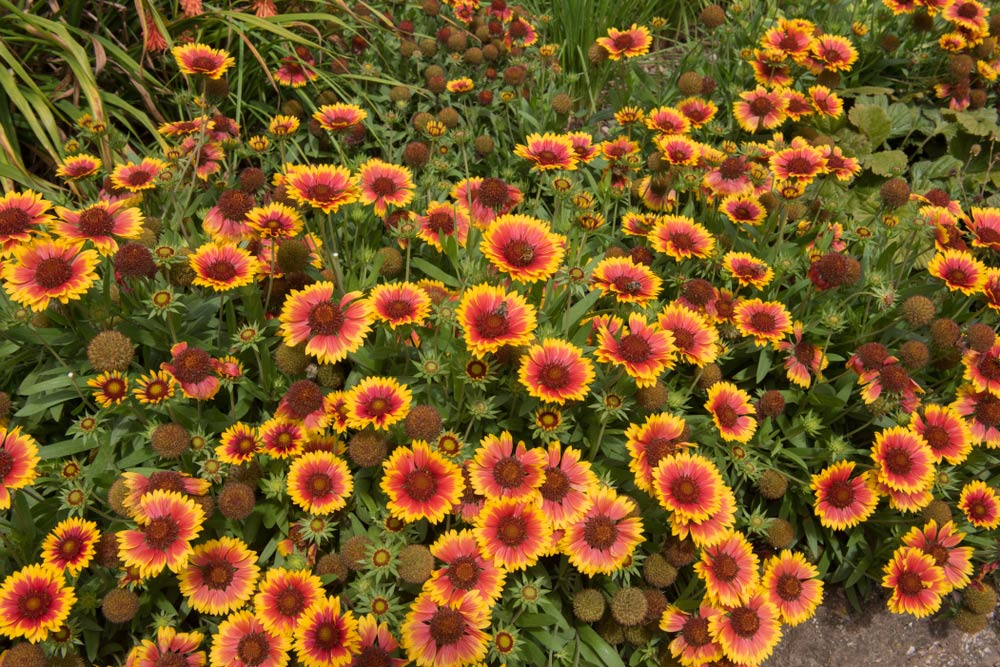
Choosing the Right Location
To ensure your blanket flowers thrive all summer, it’s essential to pick an ideal location for planting. Since these flowers love sunlight, choose a spot that receives at least 6-8 hours of direct sunlight daily. Make sure the area has well-draining soil to avoid waterlogged roots, as this could lead to root rot or other diseases.
Enhancing Soil Conditions
Your blanket flowers will appreciate fertile, well-draining soil for optimal growth. To improve soil conditions before planting:
- Test your soil pH: Blanket flowers prefer a neutral to slightly alkaline soil pH, ideally between 6.8 and 7.5. You can use a soil test kit to determine your soil’s pH level. If it’s too acidic, add lime. If it’s too alkaline, add sulfur.
- Amend the soil: Mix in organic matter, such as compost or aged manure, to enrich the soil with nutrients and improve its structure. This promotes healthy root development and overall plant growth.
- Loosen the soil: Break up any compacted soil with a garden fork or tiller. This helps create space for roots to grow and allows for proper drainage.
Remember to water your blanket flowers regularly, especially during dry spells, but avoid overwatering. With the right location and soil conditions, your blanket flowers will produce vibrant blooms all summer long.
Selecting the Right Varieties
When choosing the best blanket flower for your garden, consider the various varieties available to ensure a summer full of beautiful blooms. Selecting the right variety for your specific conditions can help your plants thrive and produce vibrant flowers all season long.
Varieties for Different Conditions
Blanket flowers come in a range of types, each with their own unique characteristics, making them suitable for different growing conditions. Here are a few to consider:
- Gaillardia aristata: Known for its drought tolerance, this variety is perfect for areas with limited water supply. It prefers well-draining soil and full sun.
- Gaillardia x grandiflora: This popular, easy-to-grow hybrid is ideal for most gardens, as it tolerates varying soil and light conditions. It produces stunning, large blooms in shades of red, orange, and yellow.
- Gaillardia pulchella: If you’re looking for an annual option, this species is a great choice. It grows well in sandy, well-drained soils and adds a burst of color to any garden.
Take note of your garden’s specific conditions – like soil type, sunlight, and hydration needs – to help choose the most optimal blanket flower varieties.
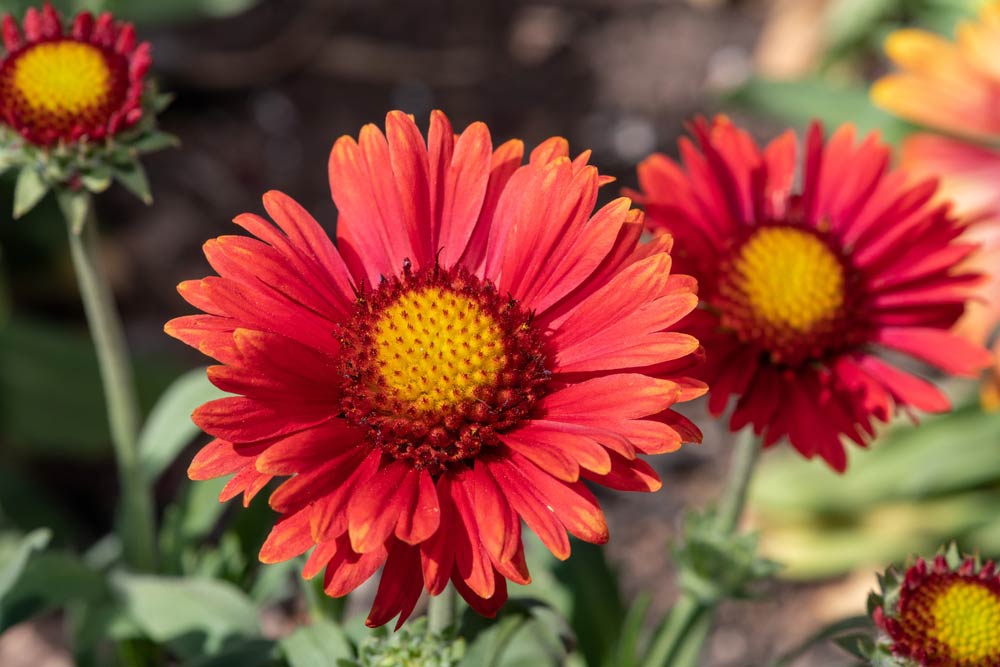
Hybrid Options for Longer Blooms
For a continuous display of flowers all summer long, consider selecting hybrid blanket flower varieties. These plants typically have extended blooming periods and are bred for additional desirable traits, such as disease resistance or larger blooms.
Here are a few popular hybrid options:
- Gaillardia ‘Arizona Sun’: This compact plant has a long blooming period and produces vibrant red and yellow bicolor flowers. It’s perfect for borders and container gardens.
- Gaillardia ‘Burgundy’: True to its name, this variety bears large, deep wine-red flowers. It’s a robust plant with a lengthy blooming season, adding rich color to your garden for months.
- Gaillardia ‘Mesa Yellow’: This eye-catching variety features bright yellow flowers. It is heat and drought-tolerant, making it a low-maintenance option for your summer display.
By carefully selecting the right varieties and hybrids for your specific conditions, you can ensure your blanket flowers will bring color and beauty to your garden throughout the summer months.
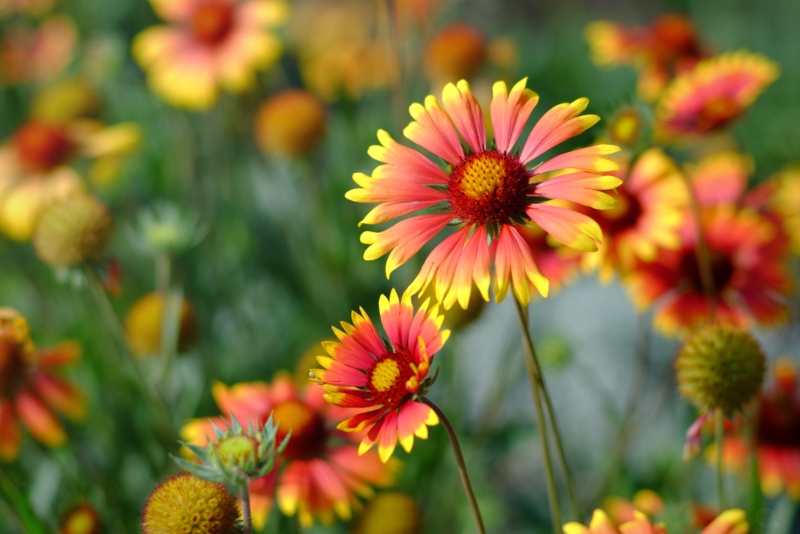
Caring for Blanket Flower Plants
Watering Techniques
When it comes to watering your blanket flower plants, it’s important to keep the soil consistently moist but not drenched. Since these plants are drought-tolerant, they can handle some dryness. Water your plants once a week, giving them about an inch of water each time. Adjust the frequency if you notice the soil is either too wet or too dry.
Fertilizing and Mulching
Blanket flowers don’t require a lot of fertilizing. You can apply a balanced slow-release fertilizer in the spring to promote growth. To help retain moisture and suppress weeds, apply a layer of mulch around the base of the plants, taking care to not cover the center crown. A 2-inch layer of organic mulch like shredded bark or compost is enough.
Pruning and Deadheading
Pruning and deadheading are essential for encouraging abundant blooms. Remove spent flowers by pinching or cutting them off just below the flower head. This process, called deadheading, will promote continuous blooming throughout the summer. Also, trim any damaged or diseased foliage as needed to maintain a healthy plant.
These simple care techniques will ensure that your blanket flower plants thrive and provide colorful blooms all summer long.
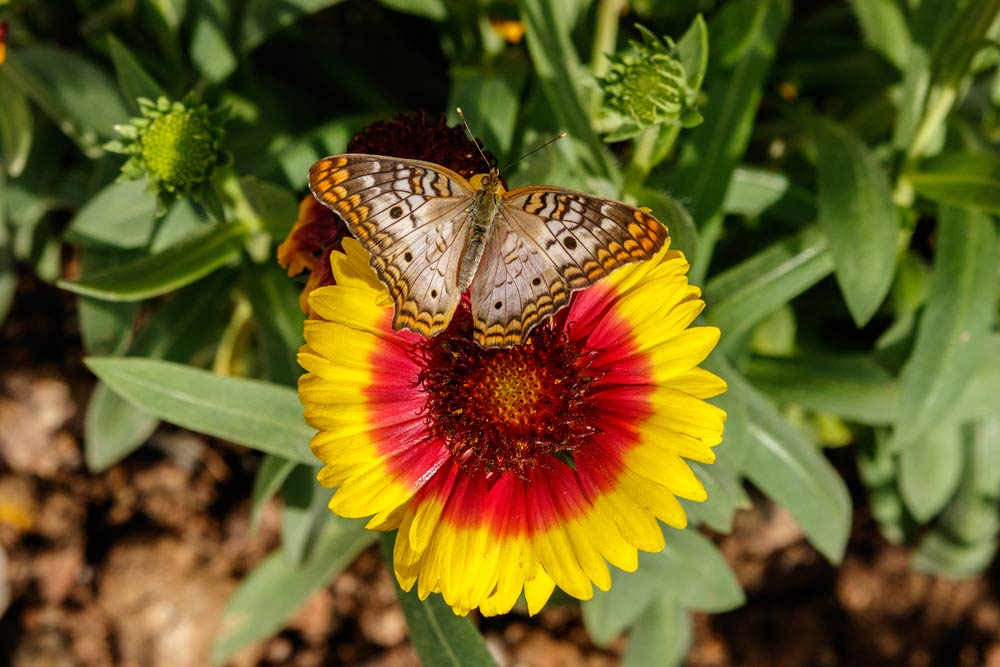
Dealing with Pests and Diseases
Common Pests
Some common pests you may encounter while growing Blanket Flowers are aphids, spider mites, and whiteflies. Here’s how to deal with them:
- Aphids: These small, soft-bodied insects can damage your plants by sucking sap from the leaves. Wash these pests away with a strong spray of water and consider using insecticidal soap if needed.
- Spider mites: Tiny, spider-like creatures can cause discoloration and damage to your plants’ leaves. Increase humidity around your plants and use a miticide designed for spider mites.
- Whiteflies: These small insects can suck the sap from your plants, leading to yellowing leaves and a reduction in overall plant health. Use sticky traps to catch whiteflies and consider insecticidal soap treatments.
Disease Prevention
To keep your Blanket Flowers healthy and free from diseases, follow these prevention tips:
- Ensure proper air circulation by spacing your plants adequately and pruning regularly.
- Water your plants at the base rather than overhead to minimize the risk of foliar diseases.
- Rotate your crops each year to reduce the risk of soil-borne diseases.
- Remove and dispose of any infected plant debris immediately.
Treatment
Should your Blanket Flowers become infected with a disease, take these steps to help your plants recover:
- Identify the disease: Examine the affected plant closely for symptoms to determine the specific disease.
- Remove infected parts: Prune away affected foliage and dispose of it away from your garden.
- Apply appropriate treatment: Depending on the nature of the disease, use suitable fungicides or other treatment methods.
- Monitor your plants closely: Keep an eye on your plants’ progress and reapply treatments as necessary.
By following these tips and practices, you can effectively deal with pests and diseases, ensuring your Blanket Flowers bloom beautifully all summer long.
Encouraging Reblooming
Blanket Flower Propagation
To encourage reblooming of your blanket flower, it’s essential to propagate them correctly.
Start by taking stem cuttings from healthy plants in late spring or early summer.
Trim each cutting to about 4 inches in length, and remove any leaves from the lower half. Dip the cut end in rooting hormone to promote faster root growth and then plant the cutting in a moist, well-draining soil mix.
Keep the soil consistently moist, and in a few weeks, you should start to see new growth.
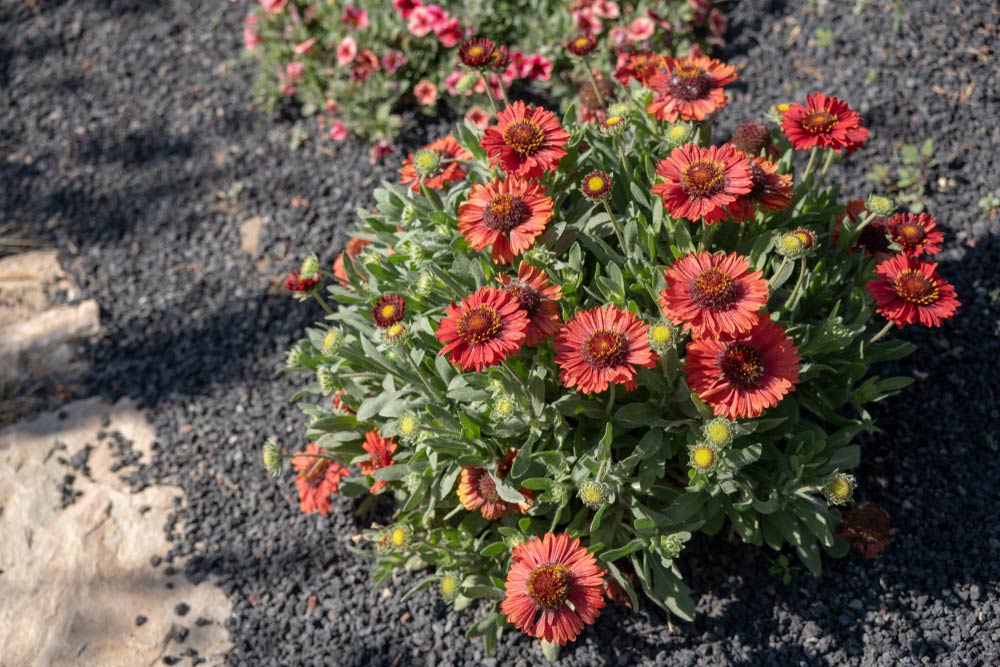
Encouraging Self-Seeding
To do this, deadhead spent flowers throughout the blooming period but leave some flowers at the end of the season to develop into seedheads.
Allow the seeds to mature and naturally fall onto the ground around the plant. This will result in the seeds sprouting new plants the following spring.
To increase the chances of self-seeding, you can also collect the seeds from mature seedheads towards the end of the season.
Scatter the seeds around your garden where you’d like to see blanket flowers grow. With this simple approach, you should have beautiful blanket flowers blooming all summer long!





